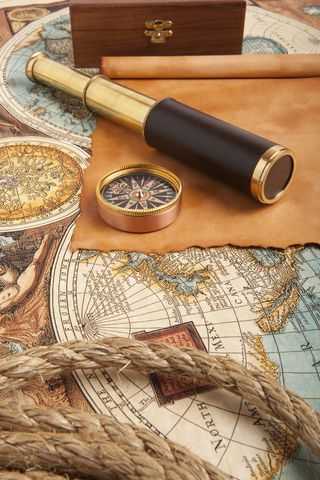

The New York Times explains in "Maurice Sendak’s Estate Is Awarded Most of a Book Collection,” that some items were on loan to the Rosenbach for decades. Many in the museum world expected that the Sendak material would remain there. However, Sendak’s will said the drawings and most of the loans would remain the property of the Maurice Sendak Foundation. In 2014, representatives of his estate withdrew the works, explaining that they intended to follow Sendak’s directive in his will to create “a museum or similar facility” in Ridgefield, Connecticut, where he lived, and where his foundation is based, “to be used by scholars, students, artists, illustrators and writers, and to be opened to the general public” as the foundation’s directors saw fit.
In 2014, the Rosenbach sued in Connecticut state probate court, claiming that the estate kept many rare books Sendak had pledged to the library in his will—including two highly valuable books by William Blake and Beatrix Potter. The judge ruled that the Blake illuminated works, which could be worth millions of dollars, didn’t fit Sendak’s specific language in his will that the museum should receive “rare edition books.” The estate claimed that the Blake pieces were not edition books, but rather were more like unique works.
The museum argued that the books fit the will’s description, but that Sendak’s executors wanted to sell them to pay themselves executors’ fees, legal fees, and fees for serving as directors of Sendak’s foundation. But earlier this year, the judge ruled that Sendak’s Beatrix Potter books—which the estate wanted to keep—belonged to the museum because they fit the description of “rare edition” books in the will. Of the 340 items left in dispute, the judge awarded 88 to the Rosenbach and 252 to the estate and foundation.
Jeffrey T. Golenbock, a lawyer who represented the estate in the case, said the foundation had no intention of selling the works it had retained but planned “to keep them as part of the collection” as a way “to honor Mr. Sendak.” The foundation’s progress toward the opening of a Ridgefield museum has been slow.
Reference: The New York Times (November 1, 2016) “Maurice Sendak’s Estate Is Awarded Most of a Book Collection”


